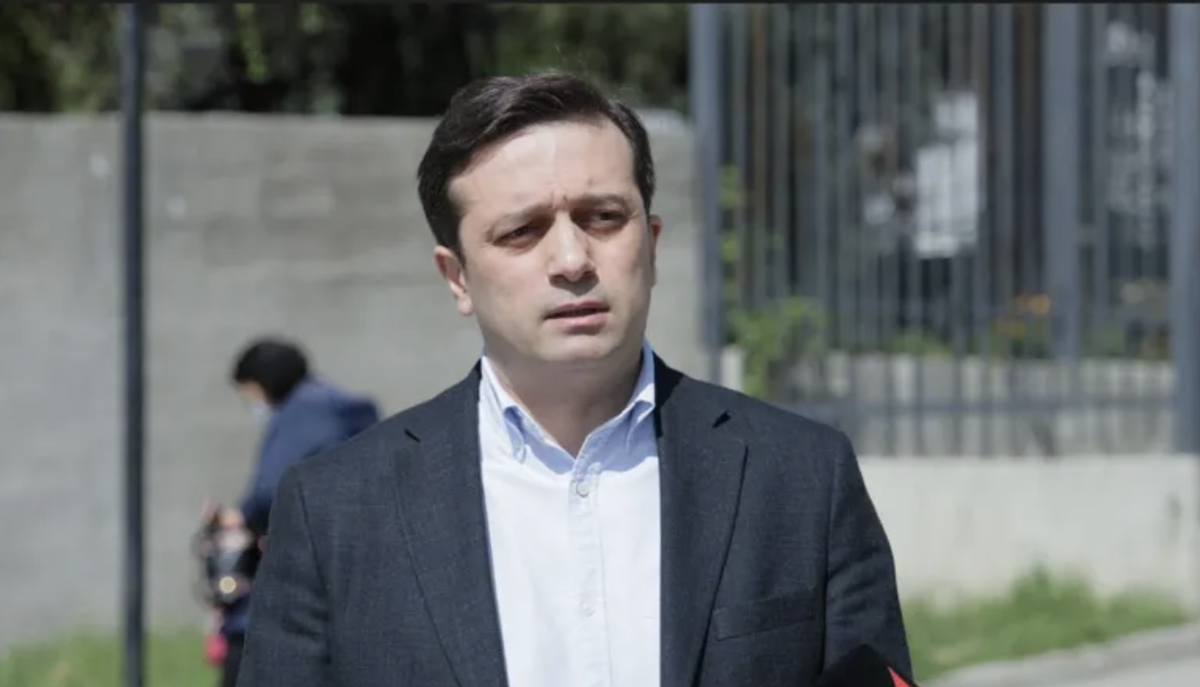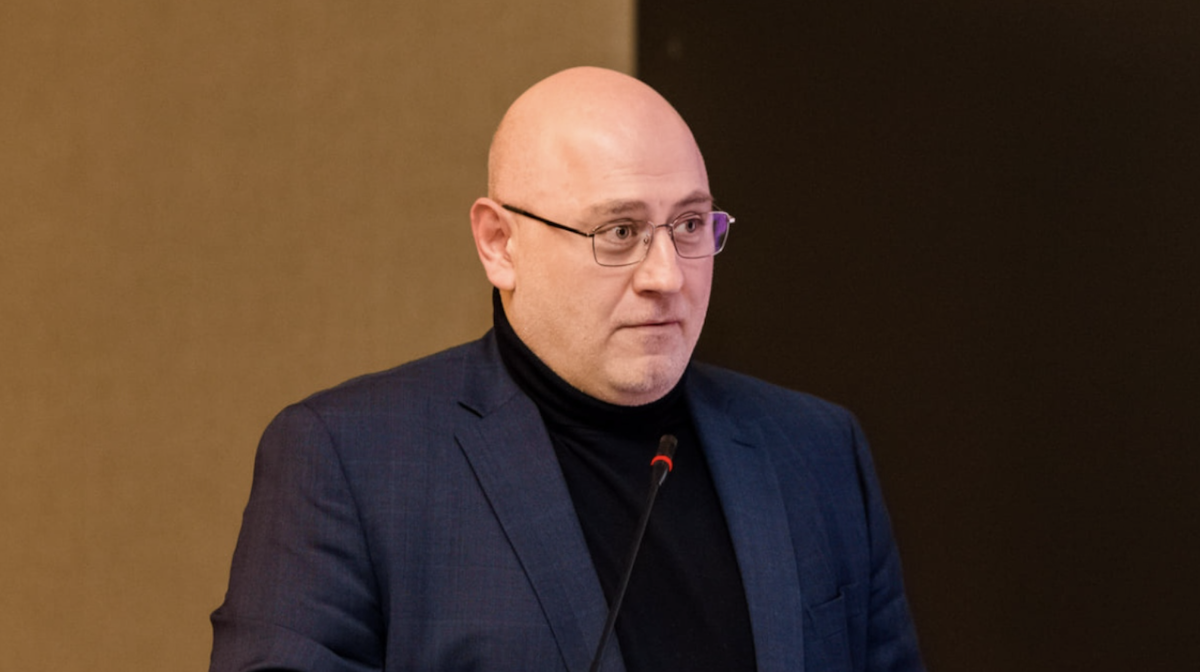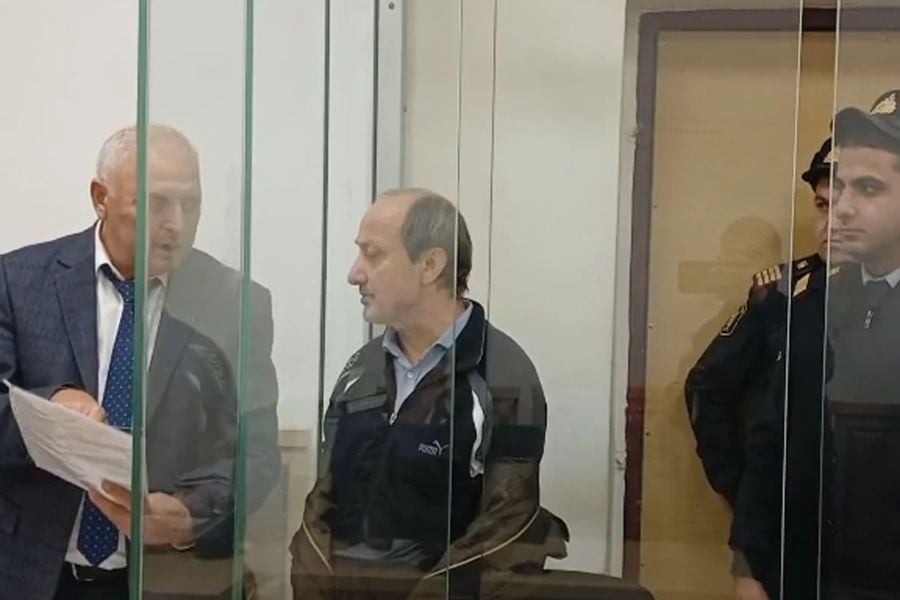Gold deposit on new Armenian-Azerbaijani border – whose mine is it?
Since the conclusion of the Second Karabakh War, Armenia and Azerbaijan have been trying to divide up a gold mine located in the village of Sotk in Armenia.
The recently signed trilateral truce agreement on Karabakh hasn’t solved everything: the gold mines near the village of Sotk in Armenia have become a disputed territory.
Half of the field is located on the territory of Armenia, the other – on the territory of Karvachar (Kalbajar). The border runs right through the mine.
- More than 11,000 people return to homes in Nagorno-Karabakh
- Video – Armenians say goodbye to shrines, territories to be transferred to Azerbaijan
Latest events
On November 26 in parliament, MP from the Prosperous Armenia opposition faction Naira Zohrabyan stated that the Azerbaijani military is on the outskirts of the Sotk gold deposit in Vardenis, Gegharkunik region of Armenia.
“The servicemen of Azerbaijan broke the locks … Recently the employees of Sotk called me, saying that they were terrified trying to get the equipment and people out. We must fix [the fact] that today, we have no power in Armenia,” she said.
The video, which was shown by Zohrabyan, showed Azerbaijani soldiers in the snow-covered mountainous terrain.
After that, Harutyun Babayan, an MP from another opposition faction Bright Armenia, said on his Facebook page that according to his information, 80 Azerbaijani soldiers had entered the territory of the Sotk mine.
The head of the Sotk community Hakob Avetyan confirmed the information.
“The information is correct. But there is no shooting or attack. [They] came, settled down and demanded we vacate the territory. Negotiations are underway now,”Avetyan said.
He added that without Russian peacekeepers “the situation will not end well.”
Reactions in Armenia
Immediately after Naira Zohrabyan’s statement, the Armenian Ministry of Defense reported that the information about the Azerbaijani servicemen who penetrated the Sotk gold deposit in Armenia ‘did not correspond to reality.’
This information was also denied by the press secretary of the prime minister and the governor of Gegharkunik region.
Then, the Armenian Defense Ministry announced that representatives of the Armed Forces of Armenia, Russia, Azerbaijan had begun demarcation work on the former Armenian-Karabakh, and now the Armenian-Azerbaijani border. Moreover, part of this work is being carried out at the site of the Sotk mine.
“Full and accurate demarcation of the border on this or that section of the border is extremely important in terms of eliminating disputes over the ownership of this or that part of the border, as well as possible provocations,” the message said.
Toward night, the First Deputy Chief of the General Staff of the Armenian Armed Forces, Tiran Khachatrian, had to give a press conference and comment on the situation in more detail.
Khachatryan explained that the state border runs right in the middle of the mine. The Russian company developing it took preliminary measures to ensure safety; a checkpoint was placed on the road. The Azerbaijanis were warned that this is a Russian facility.
Armenian troops, according to Khachatryan, did not participate in the protection of this area; only Russian troops were in the area. After the Azerbaijanis entered Karvachar, they said that everyone who guards the territory should leave it.
“The Azerbaijanis demanded we leave, we warned the Azerbaijanis, and also informed the Russians about it. There were negotiations, including with the participation of the Russians. I don’t know what they agreed on, but all the forces left there,” Khachatryan said.
The Armenian Foreign Ministry also commented on the incident involving the Azerbaijani military:
“Delimitation and demarcation is a long and complex process, it is carried out between states by interdepartmental commissions and working groups on the basis of interstate negotiations, as a result of which a corresponding international document is signed.”
Commentary from the Prime Minister of Armenia
On November 27, Nikol Pashinyan said during a video address that some groups in the country had started a ruckus and had began to talk about the possible cession of a part of the territory of Armenia in the Gegharkunik region to Azerbaijan.
According to the prime minister, the dissemination of such fictitious information had the goal of: “creating the impression of anarchy in Armenia, spread chaos and transfer the war to the territory of the country.”
Expert opinion
Political scientist Vahe Davtyan believes that the possible shutdown of the Sotk mine will lead to many social and economic problems.
“In addition to the fact that the GeoProMining Gold company, which manages the mine, is one of the largest taxpayers in Armenia, the further work of the Ararat gold recovery plant is also called into question.
At the same time, the South Caucasian Railway is in danger of being paralyzed, more than 50% of the turnover of which is the transportation of ore from Sotk to Ararat.
Reports from Azerbaijan
After the demarcation of the state border between Armenia and Azerbaijan, part of the Zod (Sotk) field for gold mining passed to the Azerbaijani side.
According to Azerbaijani MP Tair Mirkishili, Azerbaijan already has signed contracts for conducting geological exploration in this area. These agreements were signed several years ago, but work on them was not carried out for obvious reasons.
Press secretary of AzerGold CJSC Ariz Tarverdiyev has a different opinion.
According to him, in 1997 the Azergizil state company signed an agreement on exploration, development and equity participation with the American company RV Investment Group Sevrvices LLS.
The subjects of this document were three gold mining deposits in the Zangilan and Kelbajar regions. But Azergizil was later abolished. “On the issue of exploration and development of these fields, there have been no appeals to AzerGold,” Tarverdiyev said.


















